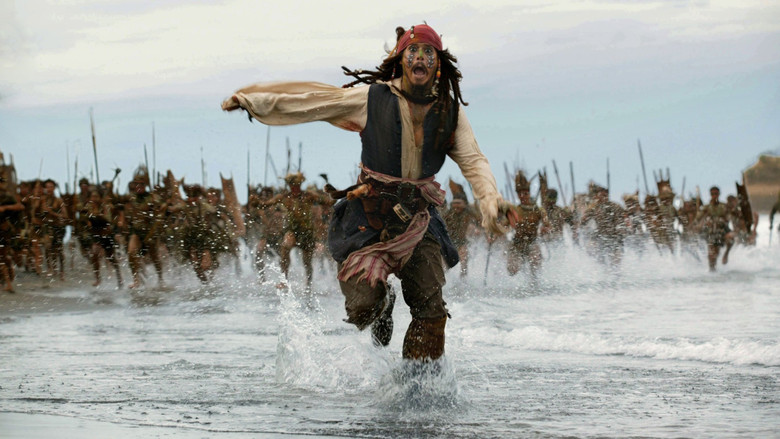Creative exploration that I need to carry out:
Similarly to the skills I need, I'll develop my knowledge of cameras, editing/post-production, how green screens work and how to use props effectively by researching about them and using the supplies around college.
There are a number of general camera sizes which I was introduced in which are:
(https://www.asu.edu/alti/ltlab/tutorials/video/basics/type1_els.htm)
- Extreme Long Shot (XLS)
 XLS's are used for setting, or establishing the scene and to allow the audience to comprehend landscapes. This shot is also used in big budget films where landmarks such as the Hollywood is presented.
XLS's are used for setting, or establishing the scene and to allow the audience to comprehend landscapes. This shot is also used in big budget films where landmarks such as the Hollywood is presented.- Long Shot (LS)
 LS's are used to introduce a character and the setting they're in. A long shot could possibly let the audience discover the genre of the media form from the characters dress code, make-up, props, the setting in which the character is in, and the characters action codes. For example, the person in the image to the left is running, suggesting that the genre of this film is action.
LS's are used to introduce a character and the setting they're in. A long shot could possibly let the audience discover the genre of the media form from the characters dress code, make-up, props, the setting in which the character is in, and the characters action codes. For example, the person in the image to the left is running, suggesting that the genre of this film is action.- Medium Long Shot (MLS)
 The MLS is frames the whole subject from the knees up and the shots shows the person/s in relation to the surroundings and it might also be used when there are two or three people in the shot.
The MLS is frames the whole subject from the knees up and the shots shows the person/s in relation to the surroundings and it might also be used when there are two or three people in the shot.- Medium Shot (MS)
- Medium Close Up (MCU)
 The MCU frames the person's head and cuts off around mid-chest and this shots is most commonly used to show the person's facial expression, whether they are crying or smiling. This is also used in interviews and in news reports
The MCU frames the person's head and cuts off around mid-chest and this shots is most commonly used to show the person's facial expression, whether they are crying or smiling. This is also used in interviews and in news reports- Close Up (CU)
CU's frame the subjects face and cuts off mid-neck, showing the face and it shows the face and the entire head. The subject fills almost all of the frame and it captures facial expressions and emotions in great detail.
- Big Close Up (BCU)
A BCU is when the camera is almost fully zoomed in on the subject's face, so facial features such as eyes, eyebrows and a small part of the nose is visible.
- Extreme Close Up (ECU)
 An ECU frames a certain part of the person's facial features. This shot really zooms in on something the director really wants the audience to see e.g. the subjects eyebrows furrowing, the eyes crying or the mouth smiling.
An ECU frames a certain part of the person's facial features. This shot really zooms in on something the director really wants the audience to see e.g. the subjects eyebrows furrowing, the eyes crying or the mouth smiling.- Low Angle Shot (used to make the audience feel intimidated, and to make the character look intimidating and superior over the audience)
- High Angle Shot (used to make the character look inferior and small and therefore placing the audience in the superior position)
- Eye-Level Shot (audience is on the same level as the character/s)
- Worm's Eye Shot
- Bird's Eye View Shot
Apart from the basic camera shots there different one as seen in the video below:
We had an induction to the camera itself before we went out and recorded some footage. From that, I obtained these skills:
- I can attach a battery to the video camera
- I can power the video camera on and off
- I can insert the SD card media into the camera
- I can use the pull-out screen and adjust the viewfinder to view the image
- I can switch between Manual and Full Auto mode
- I can use the zoom to frame the shot
- I can switch between manual and motorised zoom
- I can switch between auto and manual focus and use the focus ring to focus the image
- I can white balance the image to get the correct colours
- I can switch between auto and manual iris
- I can use the iris dial to increase or decrease the amount of light coming into the lens
- I can use the neutral density filter to reduce the amount of light coming into the lens
- I can start and stop recording a shot by pressing the red record button
- I can switch modes to playback what I have recorded
- I can hold the camera steady when using it handheld by using one hand to take the weight of the camera underneath whilst holding the camera using the wrist strap.
- I can attach a camera to a tripod
- I can adjust the height of a tripod
- I can pan and tilt a video camera by using a tripod





No comments:
Post a Comment